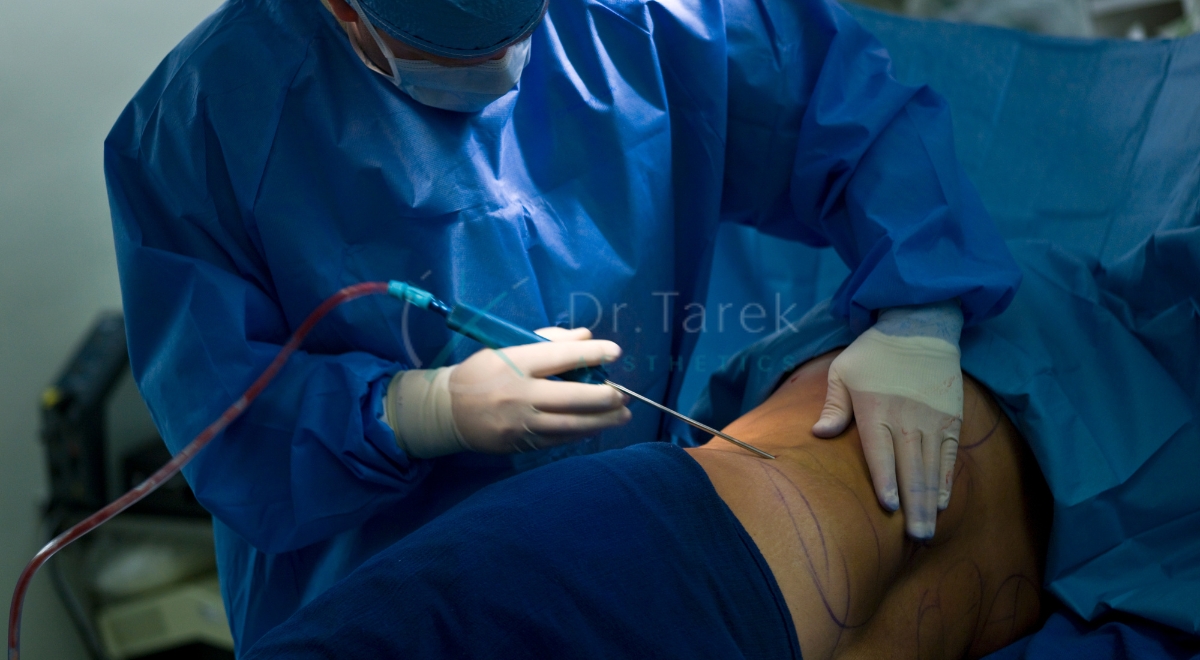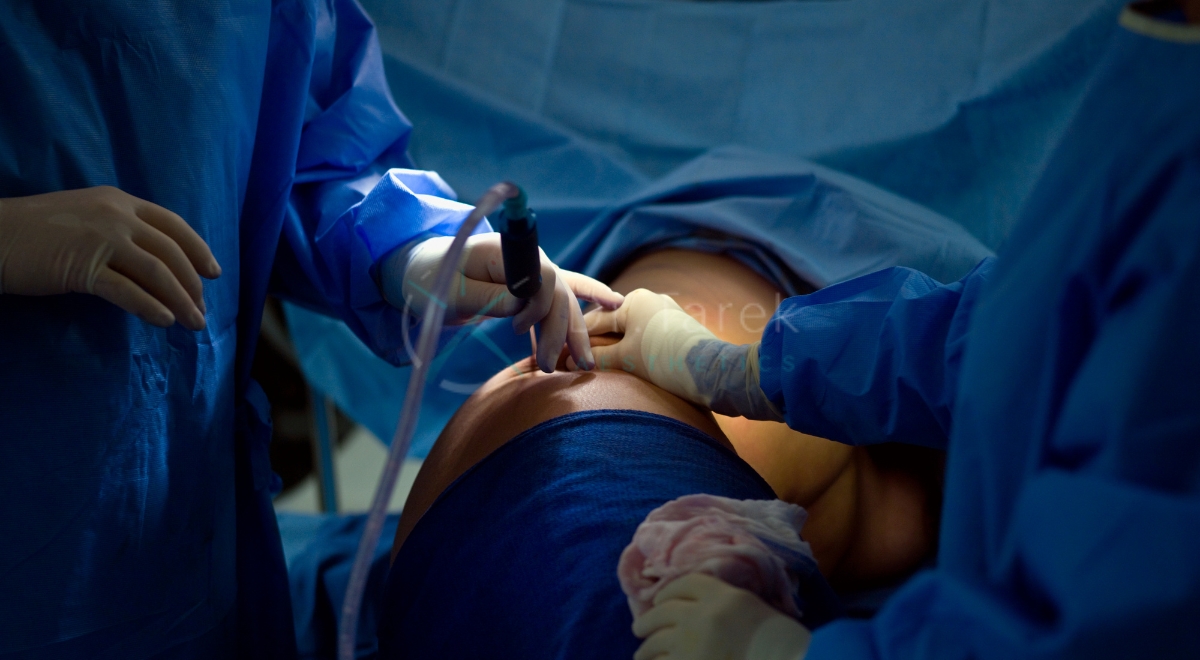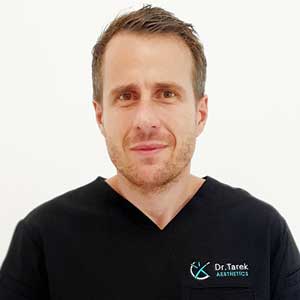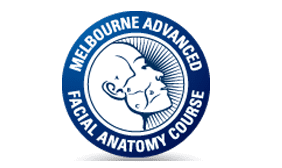Understanding Different Liposuction Procedures: VASER, Laser, and Traditional Methods
What is VASER Liposuction Procedure?
VASER liposuction, short for Vibration Amplification of Sound Energy at Resonance, is an advanced body contouring technique that uses ultrasound technology to selectively target fat cells. This innovative procedure offers a less invasive alternative to traditional liposuction, providing patients with smoother results and quicker recovery times.
Body Sculpting Procedure
Body Sculpting Procedure is a way to shape your body without surgery it uses special tools to remove fat and make you look slimmer in certain areas
Comprehensive Fat Removal helps get rid of extra fat from different parts of the body Comprehensive Fat Removal can make people look slimmer and feel more confident about their appearance
Laser Lipo Results can help reduce fat in specific areas of the body
Laser Lipo Results are often visible within a few weeks after treatment
Book A Consultation With Dr Tarek Bayazid
Top-rated Plastic Surgeon For Liposuction in Dubai
Installment Plan Available
How VASER Technology Works
VASER liposuction utilizes ultrasonic waves to break down fat cells before they are removed from the body. This process begins with the injection of a tumescent solution, which helps numb the area and shrink blood vessels. Then, a small probe emitting ultrasound energy is inserted, liquefying the fat cells while preserving surrounding tissues.
The liquefied fat is then gently suctioned out using a thin cannula, resulting in less trauma to the body compared to traditional liposuction methods. This approach allows for more precise fat removal and improved skin tightening effects.
Benefits of VASER Liposuction
VASER liposuction offers several advantages over traditional liposuction techniques:
- Improved body contouring results
- Less trauma to surrounding tissues
- Reduced bruising and swelling
- Faster recovery time
- Enhanced skin retraction
Areas Treatable with VASER
VASER liposuction is versatile and can be used to treat various areas of the body, including:
- Abdomen and waistline
- Thighs and hips
- Arms and back
- Chest (for men with gynecomastia)
- Neck and chin
|
Area |
Effectiveness |
Recovery Time |
|
Abdomen |
High |
1-2 weeks |
|
Thighs |
High |
1-2 weeks |
|
Arms |
Moderate |
1 week |
|
Neck |
High |
3-5 days |
What is Laser Liposuction Procedure? 
Laser liposuction, also known as laser-assisted lipolysis, is a minimally invasive fat removal technique that uses laser energy to liquefy fat cells before extraction. This procedure offers a more targeted approach to fat reduction compared to traditional liposuction methods.
Mechanism of Laser-Assisted Lipolysis
During laser liposuction, a small laser fiber is inserted through tiny incisions in the skin. The laser emits thermal energy, which heats and melts the fat cells, making them easier to remove. The heat generated by the laser also stimulates collagen production, leading to skin tightening effects.
Once the fat is liquefied, it is gently suctioned out using a thin cannula. The entire process is less traumatic to the body than traditional liposuction, resulting in reduced downtime and faster recovery.
Advantages of Laser Liposuction
Laser liposuction offers several benefits:
- Minimal scarring due to smaller incisions
- Reduced bleeding and bruising
- Improved skin tightening
- Shorter recovery period
- More precise fat removal
Suitable Treatment Areas
Laser liposuction can effectively treat various body areas, including:
- Abdomen and love handles
- Thighs and buttocks
- Upper arms and bra rolls
- Chin and neck
- Knees and ankles
Is Liposuction a Safe Procedure?
Liposuction is generally considered a safe procedure when performed by a qualified and experienced surgeon. However, like any surgical procedure, it carries some risks and potential complications that patients should be aware of before deciding to undergo treatment.
Safety Considerations for Liposuction
To ensure the safety of liposuction procedures, several factors must be considered:
- Patient selection: Ideal candidates should be in good overall health and within 30% of their ideal body weight.
- Surgical facility: The procedure should be performed in an accredited surgical center or hospital.
- Anesthesia: The type of anesthesia used should be appropriate for the extent of the procedure and the patient’s health status.
- Surgeon’s expertise: Choose a board-certified plastic surgeon with extensive experience in liposuction techniques.
Potential Risks and Complications
While rare, some potential risks associated with liposuction include:
- Infection
- Bleeding or hematoma
- Adverse reaction to anesthesia
- Contour irregularities
- Fluid accumulation (seroma)
- Numbness or changes in skin sensation
Choosing a Qualified Surgeon
Selecting a skilled and experienced surgeon is crucial for ensuring the safety and success of your liposuction procedure. Dr. Tarek, a board-certified plastic surgeon, emphasizes the importance of thorough research and consultation before deciding on a surgeon.
When choosing a surgeon, consider the following:
- Board certification in plastic surgery
- Years of experience performing liposuction
- Before and after photos of previous patients
- Patient reviews and testimonials
- Comfort level during the consultation
What is the Traditional Liposuction Procedure?
Traditional liposuction, also known as suction-assisted lipectomy (SAL), is the original fat removal technique that has been used for decades. This procedure involves the mechanical removal of fat cells through small incisions using a cannula and suction device.
Suction-Assisted Liposuction (SAL) Technique
In SAL, the surgeon makes small incisions in the treatment area and inserts a thin, hollow tube called a cannula. The cannula is connected to a vacuum device that suctions out excess fat as the surgeon moves the tube back and forth beneath the skin.
This technique requires skill and experience to achieve smooth, even results and minimize the risk of contour irregularities.
Tumescent Liposuction Method
Tumescent liposuction is an enhancement of the traditional SAL technique. It involves injecting a large volume of dilute local anesthetic solution into the treatment area before fat removal. This solution helps to:
- Numb the area, reducing the need for general anesthesia
- Shrink blood vessels, minimizing bleeding and bruising
- Facilitate easier fat removal
Power-Assisted Liposuction (PAL)
Power-assisted liposuction is another variation of traditional liposuction that uses a motorized cannula to enhance fat removal. The rapid back-and-forth motion of the cannula helps break up fat cells more efficiently, allowing for:
- Faster procedure times
- Less physical strain on the surgeon
- Potentially smoother results
|
Technique |
Advantages |
Disadvantages |
|
SAL |
Time-tested, versatile |
More trauma to tissues |
|
Tumescent |
Reduced bleeding, faster recovery |
Longer procedure time |
|
PAL |
Efficient fat removal, less surgeon fatigue |
Higher equipment cost |
How Liposuction Procedure is Performed 
Understanding the liposuction procedure can help patients feel more comfortable and prepared for their surgery. The process typically involves three main stages: pre-procedure preparation, the surgery itself, and post-procedure care.
Pre-Procedure Preparation
Before the liposuction procedure, patients will need to:
- Undergo a medical evaluation to ensure they are suitable candidates
- Stop taking certain medications that may increase bleeding risk
- Quit smoking to promote better healing
- Arrange for transportation and aftercare
Steps During the Liposuction Surgery
The typical liposuction procedure follows these steps:
- Administration of anesthesia (local or general, depending on the extent of the procedure)
- Injection of tumescent solution to numb the area and minimize bleeding
- Small incisions made in the treatment area
- Insertion of the cannula to break up and remove fat cells
- Suctioning of excess fat using vacuum pressure
- Closure of incisions with sutures
Post-Procedure Care and Recovery
After the liposuction procedure, patients should:
- Wear compression garments to reduce swelling and support the treated areas
- Take prescribed medications to manage pain and prevent infection
- Avoid strenuous activities for several weeks
- Attend follow-up appointments with their surgeon
Comparing Different Liposuction Techniques
With various liposuction techniques available, it’s essential to understand the differences between them to make an informed decision about which method is best suited for your needs.
VASER vs. Traditional Liposuction
VASER liposuction offers several advantages over traditional liposuction:
- More selective fat removal
- Less trauma to surrounding tissues
- Improved skin tightening effects
- Faster recovery time
However, traditional liposuction may be more suitable for larger volume fat removal and can be less expensive.
Laser Liposuction vs. VASER
Both laser liposuction and VASER use energy-based technologies to liquefy fat before removal. Key differences include:
- Laser liposuction may provide better skin tightening results
- VASER is generally more effective for larger areas and denser fat deposits
- Laser liposuction may have a slightly higher risk of burns
Choosing the Right Procedure for You
Selecting the most appropriate liposuction technique depends on various factors:
- Your body type and fat distribution
- The amount of fat to be removed
- Your skin elasticity
- Your overall health and medical history
- Your surgeon’s expertise and recommendations
Dr. Tarek emphasizes the importance of a personalized approach, tailoring the procedure to each patient’s unique needs and goals.
Liposuction Treatment Areas
Liposuction can effectively target various areas of the body where stubborn fat deposits tend to accumulate. Understanding the different treatment areas can help patients make informed decisions about their body contouring goals.
Common Body Parts for Liposuction
The most frequently treated areas for liposuction include:
- Abdomen and waistline
- Hips and thighs (including saddlebags)
- Upper arms and back (bra rolls)
- Buttocks and flanks (love handles)
- Knees and calves
Facial and Neck Liposuction
Liposuction can also be used to contour the face and neck area, addressing:
- Double chin
- Jowls
- Neck bands
- Cheeks
These procedures often require a more delicate touch and may be combined with other facial rejuvenation treatments for optimal results.
Liposuction for Men vs. Women
While both men and women can benefit from liposuction, there are some differences in common treatment areas and considerations:
Men:
- Abdomen and love handles
- Chest (gynecomastia treatment)
- Neck and chin
Women:
- Thighs and hips
- Abdomen and waistline
- Arms and back
|
Gender |
Common Areas |
Special Considerations |
|
Men |
Abdomen, chest, neck |
Denser fat, focus on masculine contours |
|
Women |
Thighs, hips, abdomen |
Hormonal influences, cellulite concerns |
Preparing for Your Liposuction Procedure
Proper preparation is key to ensuring a smooth liposuction experience and optimal results. Following your surgeon’s instructions carefully can help minimize risks and promote a faster recovery.
Initial Consultation with Dr. Tarek
During your consultation, Dr. Tarek will:
- Assess your overall health and medical history
- Discuss your body contouring goals
- Examine the areas you wish to treat
- Recommend the most appropriate liposuction technique
- Explain the procedure, risks, and expected outcomes
Pre-Operative Instructions
In the weeks leading up to your liposuction procedure, you may be asked to:
- Stop smoking and avoid alcohol
- Discontinue certain medications and supplements
- Maintain a stable weight
- Arrange for transportation and aftercare
- Purchase necessary post-operative supplies (e.g., compression garments)
What to Expect on Surgery Day
On the day of your liposuction procedure:
- Arrive at the surgical facility at the designated time
- Change into a surgical gown
- Meet with the anesthesiologist to discuss sedation options
- Have pre-operative markings made on your body
- Undergo the liposuction procedure (typically 1-3 hours)
- Recover in the post-operative area before being discharged
Recovery and Results After Liposuction
Understanding the recovery process and what to expect in terms of results can help patients navigate the post-operative period more effectively and maintain their new contours long-term.
Post-Operative Care Guidelines
Following your liposuction procedure:
- Wear compression garments as directed
- Take prescribed medications for pain management and infection prevention
- Avoid strenuous activities for 2-4 weeks
- Attend all follow-up appointments with your surgeon
- Stay hydrated and maintain a healthy diet
Timeline for Seeing Results
Patients can expect to see improvements in their body contour over time:
- 1-2 weeks: Initial swelling subsides
- 1-3 months: Most visible results become apparent
- 6 months: Final results typically achieved
Maintaining Your Liposuction Results
To preserve your new body shape:
- Maintain a stable weight through diet and exercise
- Stay hydrated and eat a balanced diet
- Continue wearing compression garments as recommended
- Avoid smoking and excessive alcohol consumption
- Consider non-invasive body contouring treatments for touch-ups
Frequently Asked Questions About Liposuction
FAQ 1: What is the difference between VASER liposuction procedure and traditional liposuction?
VASER liposuction uses ultrasound technology to break down fat cells before removal, while traditional liposuction relies on mechanical force. This results in less trauma to surrounding tissues and potentially smoother results with VASER. Additionally, VASER may offer better skin tightening effects and a quicker recovery time compared to traditional methods.
FAQ 2: Is laser liposuction procedure more effective than other methods?
Laser liposuction can be more effective for certain areas and concerns, particularly when skin tightening is desired. It uses thermal energy to liquefy fat and stimulate collagen production, which can lead to improved skin retraction. However, the effectiveness of any liposuction method depends on various factors, including the patient’s body type, the area being treated, and the surgeon’s skill.
FAQ 3: How safe is the liposuction procedure compared to other cosmetic surgeries?
Liposuction is generally considered a safe procedure when performed by a qualified surgeon on suitable candidates. Like all surgeries, it carries some risks, but these are typically minimal when proper precautions are taken. Compared to more invasive cosmetic surgeries, liposuction often has a lower risk profile and shorter recovery time. However, it’s essential to discuss potential risks and complications with your surgeon during the consultation process.
FAQ 4: What areas of the body can be treated with liposuction procedures?
Liposuction can effectively treat various areas of the body where stubborn fat deposits accumulate. Common treatment areas include the abdomen, thighs, hips, buttocks, arms, back, and neck. Facial liposuction can also address double chins and jowls. The specific areas that can be treated may vary depending on the individual’s anatomy and the chosen liposuction technique.
FAQ 5: How long does recovery take after a liposuction procedure?
Recovery time after liposuction varies depending on the extent of the procedure and the individual’s healing capacity. Most patients can return to work within 1-2 weeks, but full recovery may take 4-6 weeks. Swelling and bruising typically subside within the first few weeks, but some residual swelling may persist for several months. It’s important to follow your surgeon’s post-operative instructions carefully to ensure optimal healing and results.
FAQ 6: Can VASER or laser liposuction procedures help with cellulite?
While VASER and laser liposuction can improve body contours, they are not specifically designed to treat cellulite. These techniques may provide some improvement in skin texture and tightness, which could potentially reduce the appearance of cellulite. However, for significant cellulite reduction, additional treatments specifically targeting cellulite may be necessary. It’s best to discuss your concerns about cellulite with your surgeon to determine the most appropriate treatment plan.
FAQ 7: What is the cost difference between VASER, laser, and traditional liposuction procedures?
The cost of liposuction procedures can vary widely depending on factors such as the treatment area, the amount of fat to be removed, and the surgeon’s expertise. Generally, VASER and laser liposuction tend to be more expensive than traditional liposuction due to the advanced technology involved. However, these techniques may offer benefits that justify the higher cost for some patients. It’s important to consider the overall value, including potential results and recovery time, rather than focusing solely on price.
FAQ 8: Are liposuction procedures permanent?
Liposuction permanently removes fat cells from the treated areas. However, the remaining fat cells can still expand if a person gains weight. To maintain liposuction results long-term, it’s crucial to follow a healthy lifestyle with proper diet and regular exercise. While the treated areas may be less prone to fat accumulation











Related Posts